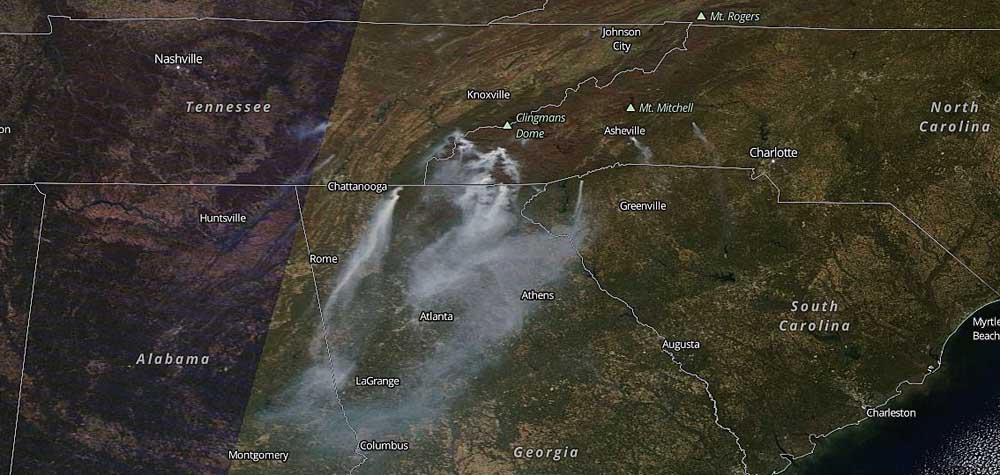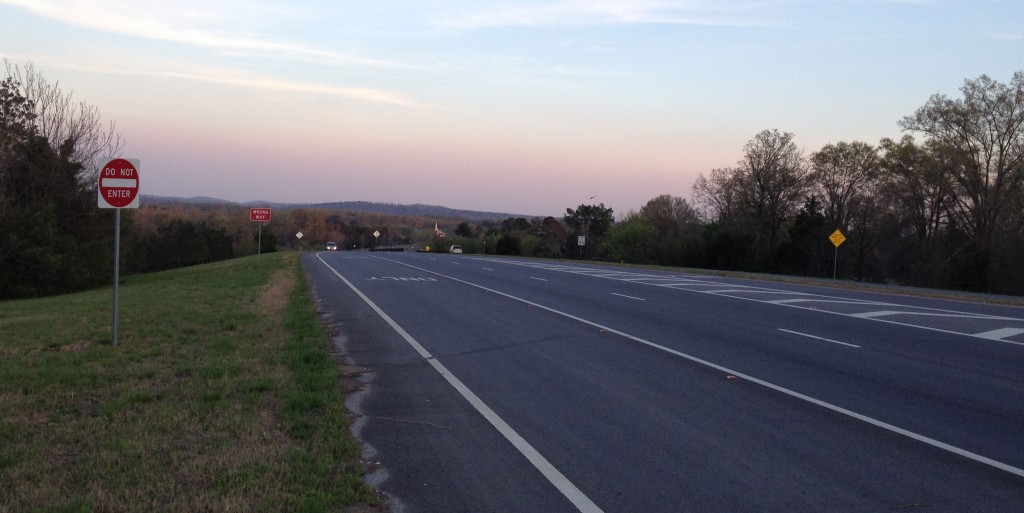If a pet wanders onto a neighbor’s property, is the neighbor justified to kill, trap, maim or otherwise injure the animal?
Ga. Code Ann., § 16-12-4, § 16-6-6
Title 16. Crimes and Offenses. Chapter 12. Offenses Against Public Health and Morals. Article 1. General Provisions.
(a) As used in this Code section, the term:
(1) “Animal” shall not include any fish nor shall such term include any pest that might be exterminated or removed from a business, residence, or other structure.
(2) “Malice” means:
(A) An actual intent, which may be shown by the circumstances connected to the act, to cause the particular harm produced without justification or excuse; or
(B) The wanton and willful doing of an act with an awareness of a plain and strong likelihood that a particular harm may result.
(b) A person commits the offense of cruelty to animals when he or she:
(1) Causes physical pain, suffering, or death to an animal by any unjustifiable act or omission; or
(2) Having intentionally exercised custody, control, possession, or ownership of an animal, fails to provide to such animal adequate food, water, sanitary conditions, or ventilation that is consistent with what a reasonable person of ordinary knowledge would believe is the normal requirement and feeding habit for such animal’s size, species, breed, age, and physical condition.
(c) Any person convicted of the offense of cruelty to animals shall be guilty of a misdemeanor; provided, however, that any person who has had a prior adjudication of guilt for the offense of cruelty to animals or aggravated cruelty to animals, or an adjudication of guilt for the commission of an offense under the laws of any other state, territory, possession, or dominion of the United States, or of any foreign nation recognized by the United States, which would constitute the offense of cruelty to animals or aggravated cruelty to animals if committed in this state, including an adjudication of a juvenile for the commission of an act, whether committed in this state or in any other state, territory, possession, or dominion of the United States, or any foreign nation recognized by the United States, which if committed by an adult would constitute the offense of cruelty to animals or aggravated cruelty to animals, upon the second or subsequent conviction of cruelty to animals shall be guilty of a misdemeanor of a high and aggravated nature.
(d) A person commits the offense of aggravated cruelty to animals when he or she:
(1) Maliciously causes the death of an animal;
(2) Maliciously causes physical harm to an animal by depriving it of a member of its body, by rendering a part of such animal’s body useless, or by seriously disfiguring such animal’s body or a member thereof;
(3) Maliciously tortures an animal by the infliction of or subjection to severe or prolonged physical pain;
(4) Maliciously administers poison to an animal, or exposes an animal to any poisonous substance, with the intent that the substance be taken or swallowed by the animal; or
(5) Having intentionally exercised custody, control, possession, or ownership of an animal, maliciously fails to provide to such animal adequate food, water, sanitary conditions, or ventilation that is consistent with what a reasonable person of ordinary knowledge would believe is the normal requirement and feeding habit for such animal’s size, species, breed, age, and physical condition to the extent that the death of such animal results or a member of its body is rendered useless or is seriously disfigured.
(e) Any person convicted of the offense of aggravated cruelty to animals shall be guilty of a felony and shall be punished by imprisonment for not less than one nor more than five years, a fine not to exceed $15,000.00, or both; provided, however, that any person who has had a prior adjudication of guilt for the offense of aggravated cruelty to animals, or an adjudication of guilt for the commission of an offense under the laws of any other state, territory, possession, or dominion of the United States, or of any foreign nation recognized by the United States, which would constitute the offense of aggravated cruelty to animals if committed in this state, including an adjudication of a juvenile for the commission of an act, whether committed in this state or in any other state, territory, possession, or dominion of the United States, or any foreign nation recognized by the United States, which if committed by an adult would constitute the offense of aggravated cruelty to animals, upon the second or subsequent conviction of aggravated cruelty to animals shall be punished by imprisonment for not less than one nor more than ten years, a fine not to exceed $100,000.00, or both.
(f) Before sentencing a defendant for any conviction under this Code section, the sentencing judge may require psychological evaluation of the offender and shall consider the entire criminal record of the offender.
(g) The provisions of this Code section shall not be construed as prohibiting conduct which is otherwise permitted under the laws of this state or of the United States, including, but not limited to, agricultural, animal husbandry, butchering, food processing, marketing, scientific research, training, medical, zoological, exhibition, competitive, hunting, trapping, fishing, wildlife management, or pest control practices or the authorized practice of veterinary medicine nor to limit in any way the authority or duty of the Department of Agriculture, Department of Natural Resources, any county board of health, any law enforcement officer, dog, animal, or rabies control officer, humane society, veterinarian, or private landowner protecting his or her property.
(h)(1) In addition to justification and excuse as provided in Article 2 of Chapter 3 of this title, a person shall be justified in injuring or killing an animal when and to the extent that he or she reasonably believes that such act is necessary to defend against an imminent threat of injury or damage to any person, other animal, or property.
(2) A person shall not be justified in injuring or killing an animal under the circumstances set forth in paragraph (1) of this subsection when:
(A) The person being threatened is attempting to commit, committing, or fleeing after the commission or attempted commission of a crime;
(B) The person or other animal being threatened is attempting to commit or committing a trespass or other tortious interference with property; or
(C) The animal being threatened is not lawfully on the property where the threat is occurring.
(3) The method used to injure or kill an animal under the circumstances set forth in paragraph (1) of this subsection shall be designed to be as humane as is possible under the circumstances. A person who humanely injures or kills an animal under the circumstances indicated in this subsection shall incur no civil liability or criminal responsibility for such injury or death.
Credits
Laws 1968, p. 1249, § 1; Laws 1992, p. 1654, § 1; Laws 2000, p. 754, § 12; Laws 2014, Act 588, § 1, eff. July 1, 2014.




















